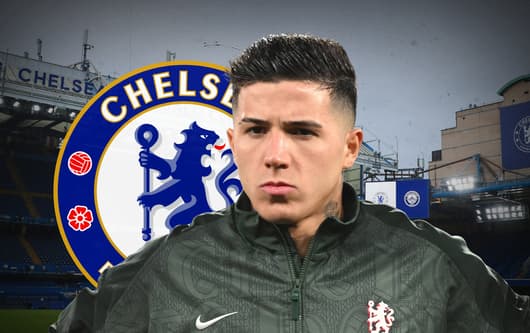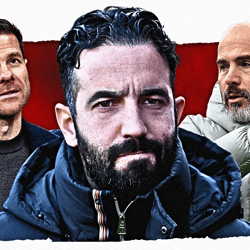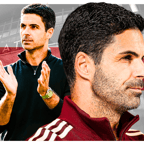-
News
- 38 minutes ago
Liverpool have their own Gerrard-Lampard problem in midfield
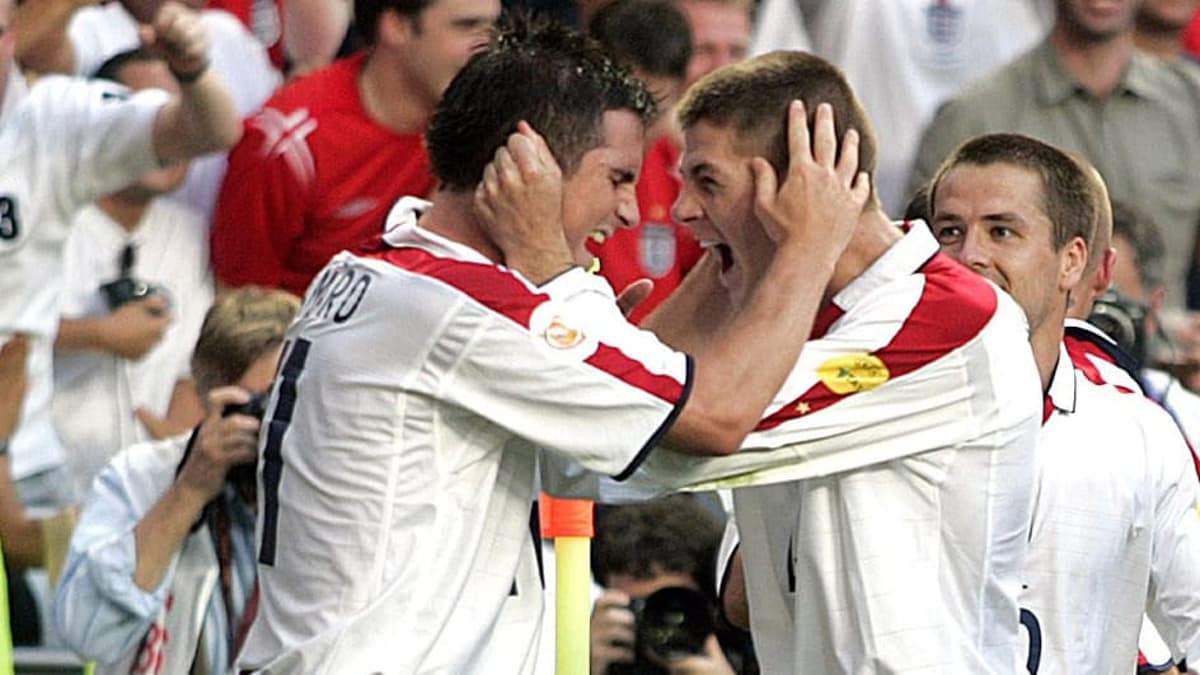
The most important part of a Jurgen Klopp team is the midfield.
Last season, the Reds struggled in the middle third and ended up missing out on a Champions League spot having finished fifth in the Premier League. Those in midfield for Liverpool were bullied regularly. They simply did not have the physicality to deal with transitional moments while the likes of Fabinho and Jordan Henderson suddenly looked two steps off the pace.
Speaking after a draw with Wolves back in January, Klopp said: “Whoever you play, you have to win challenges. It’s something I already mentioned in the dressing room and I will mention it again.”
At one stage of the campaign, he made the decision to drop Henderson, his skipper, and the experienced Brazilian Fabinho with youngster Stefan Bajcetic stepping in to anchor the midfield. In the end, he settled on a system that had Trent Alexander-Arnold starting as a full-back but shuffling into midfield when the Reds had the ball to form a double pivot with the defensive midfielder. It helped Liverpool regain some control of things and it has been a tactic used ever since.
There was a nice balance to things with Alexander-Arnold dictating things from deep and Curtis Jones, the left-sided midfielder, helping to keep things ticking over. The No17 would regularly finish games with a minimum pass success rate of 90%. He was also seeing a lot of the ball too, averaging 50 passes per 90. His role wasn’t exciting but it was important. Jones would get the ball and ensure Liverpool kept it. It gave the Reds a platform in the middle third. With him being so safe in possession, it allowed the right-back the freedom to get a little creative.
After all, if Jones was forcing things from his side of the pitch, Alexander-Arnold would see less of the ball as there are only a finite amount of times a ball can be progressed during a phase of play. If the left-sided centre-midfielder was doing it then it means the inverted right-back wasn’t.
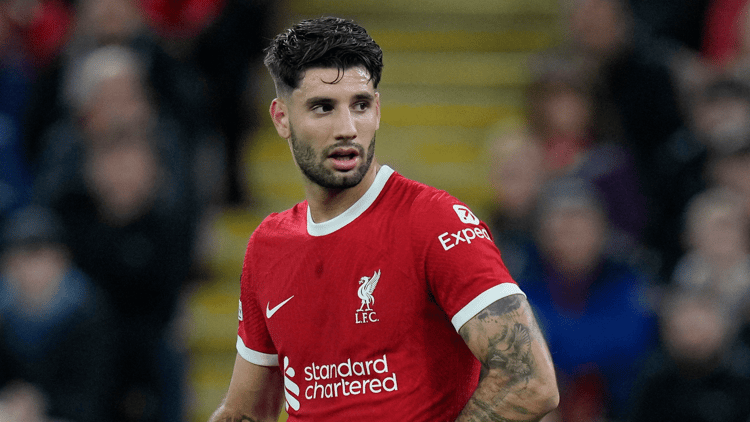
Roles were tweaked again this summer with the arrival of Dominik Szoboszlai. Alexander-Arnold initially adopted more of a passive approach on the right side of the pitch, funnelling the ball to the new No8 and Mohamed Salah. At one stage, the No66 ranked third for Liverpool chances created behind Salah and Szoboszlai. This was a surprise given the 25-year-old has dominated this metric for the Reds since the 2018/19 season.
The change in position recently has helped him climb back into second spot and he’s created just once chance fewer than Salah at the time of writing this. He’s also created the most chances of any player in the Premier League in December.
But his emergence as Liverpool’s main creative force again coincides with Szoboszlai’s decline. The former RB Leipzig attacker is allowed a bit of a drop-off. This is his debut season in England, he’s not used to playing as often as he is and he’s having to play a different role to accommodate others. He will soon be running the show for Liverpool once again, just as he was earlier in the campaign. He’s too talented not to.
But the drop-off in output also coincides with the emergence of Ryan Gravenberch in the first-team. He too joined the Reds in the summer but, unlike Szoboszlai, he didn’t get a pre-season with the Merseyside club.
Klopp initially looked to bed him into the cup team but injuries and suspensions meant he was given a starting role in the league alongside Alexis Mac Allister and Szoboszlai. The balance is a little off right now.

Both Gravenberch and Szoboszlai are very direct in their approaches. So both want to be positive in possession and this can create a frenetic and frantic environment, one that Liverpool can’t yet control. The duo will no doubt learn to play alongside one another and it will soon become second nature once both are fully acclimatised to their new roles in a new league for a new team.
But, for now, it very much feels like England in the mid-00s when managers tried to shoehorn Paul Scholes, Steven Gerrard and Frank Lampard into the same XI. As individuals, all warranted a place in the XI but it left England without any real balance in the middle third and the trio all had to adapt their games. It didn’t really benefit any of them.
Right now, Liverpool aren’t seeing the best of Szoboszlai or Gravenberch, largely because they can’t yet coexist. And this is damaging the control in the middle third for the Reds. There’s a reason they have struggled - either in possession or breaking down the opposition - against the likes of Luton, Fulham, Crystal Palace and Manchester United.
If Liverpool sort the balance in the middle third, things will click once again.

